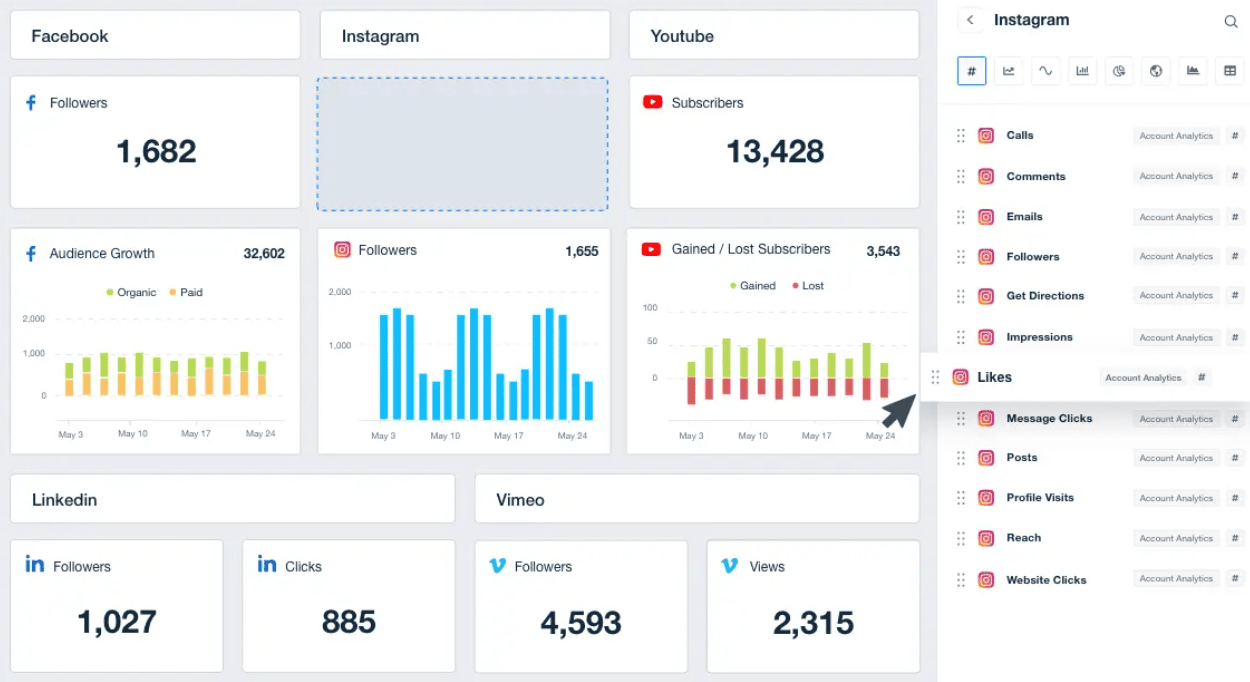In today's data-rich environment, organizations are inundated with information. Yet, the ability to transform this data into actionable insights remains a significant challenge. This article explores how data-driven decision-making can unlock business potential, focusing on the journey from data collection to strategic implementation.
Understanding the Data-Driven Decision Making Process
Data-driven decision-making is a systematic approach to making business decisions based on data analysis and insights rather than intuition or guesswork. It involves a series of interconnected steps, from data collection and preparation to implementation and evaluation.
The Benefits of Data-Driven Decision Making
- Improved Decision Quality: Data-driven decisions are more likely to be accurate and effective.
- Enhanced Efficiency: By identifying trends and patterns, organizations can streamline operations and reduce costs.
- Increased Revenue: Data-driven insights can uncover new market opportunities and drive sales growth.
- Competitive Advantage: Gaining a deeper understanding of customers and markets can provide a significant competitive edge.
- Risk Mitigation: Data can help identify potential risks and develop strategies to mitigate them.

Challenges in Implementing Data-Driven Decision Making
- Data Quality: Ensuring data accuracy, completeness, and consistency is crucial.
- Data Availability: Access to relevant data from various sources can be challenging.
- Data Analysis Expertise: Organizations may lack the necessary skills to extract meaningful insights from data.
- Organizational Culture: Shifting from intuition-based to data-driven decision making requires a cultural change.
- Data Privacy and Security: Protecting sensitive data is essential while maintaining data accessibility.
Steps to Implement Data-Driven Decision Making
- Data Collection and Integration: Gather data from various sources and integrate it into a centralized repository.
- Data Cleaning and Preparation: Ensure data accuracy and consistency through cleaning and transformation processes.
- Data Exploration and Visualization: Discover patterns and trends through data exploration and visualization techniques.
- Data Analysis and Modeling: Develop statistical models and predictive analytics to uncover insights.
- Decision Making and Implementation: Use insights to inform strategic decisions and implement changes.
- Monitoring and Evaluation: Continuously track the impact of decisions and refine the process.
Case Studies in Data-Driven Success
- Retail: Using customer purchase data to optimize inventory management and personalized recommendations.
- Healthcare: Analyzing patient data to improve treatment outcomes and reduce costs.
- Financial Services: Employing predictive analytics to identify fraud and assess customer risk.
Methods for Data-Driven Decision Making
- Statistical Analysis: Use statistical methods to analyze data and draw inferences.
- Data Mining: Discover patterns and relationships within large datasets.
- Machine Learning: Develop predictive models to forecast future trends.
- Business Intelligence: Provide tools for data visualization and exploration.
Mistakes to Avoid in Data-Driven Decision Making
- Data Overload: Focusing on too many metrics can lead to analysis paralysis.
- Ignoring Qualitative Data: Relying solely on quantitative data can miss important contextual information.
- Lack of Communication: Failing to communicate insights effectively to stakeholders can hinder adoption.
- Resistance to Change: Overcoming organizational resistance to data-driven decision making is crucial.
Frameworks for Data-Driven Decision Making
- Balanced Scorecard: Aligns organizational goals with performance metrics.
- Six Sigma: Focuses on process improvement and reducing defects.
- Lean Analytics: Prioritizes data that drives business value.
Mental Models for Effective Data Utilization
- Data as a Product: Treat data as a valuable asset that requires careful management.
- Experimentation and Learning: Embrace a culture of experimentation and continuous improvement.
- Data-Driven Culture: Foster a mindset where data informs every decision.
Tips and Best Practices
- Start Small: Begin with a focused data analysis project and gradually expand.
- Data Governance: Establish clear data ownership and access policies.
- Data Literacy: Invest in training employees to enhance data literacy.
- Collaboration: Foster collaboration between data analysts and business stakeholders.
- Continuous Improvement: Regularly review and refine data-driven processes.
By following these guidelines and leveraging the power of data, organizations can make more informed decisions, improve efficiency, and achieve sustainable growth.

